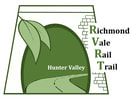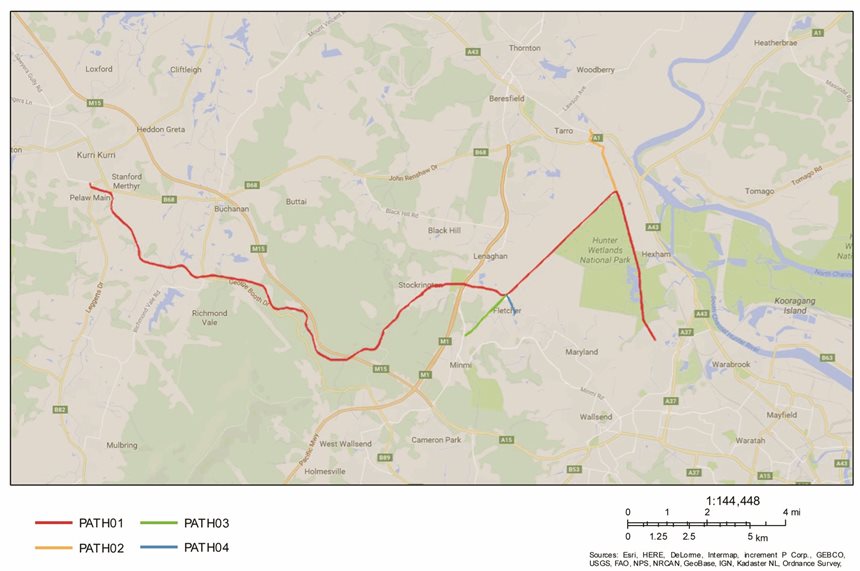Benefits, Motivators, Deterrents and Potential Usage – Some Clues from Recent Cycling and Rail Trail Reports and Assessments: |
|||||||||
| Download this blog post by clicking here... | |
| File Size: | 1405 kb |
| File Type: | |
Securing sufficient funding to build a quality and sustainable trail depends to a large extent on demonstrating strong community support, cost effective and culturally / environmentally sensitive approaches to construction and maintenance, and appropriate ongoing management and promotional strategies.
While this Post is generic in nature, it provides some additional broad support for our ongoing trail and cycling related activities by drawing on recent reports from around Australia.
The significant economic, health and environmental benefits associated with cycling are graphically illustrated in Image 1, which forms the Executive Summary from the recent “2023 WeRide Australian Cycling and E-Scooter Economy Report” (November 2023) – to which we have added some Selected Extracts (see notes with image).
Additionally, comparisons with the previous report suggest that the “total direct output from cycling increased by 5% from 2020 to 2022, from an estimated $6.3bn to $6.7bn” … “With an increasing focus on physical and mental wellbeing and the benefits of outdoor recreational activity, it is expected that cycling will continue to grow” … “With an increase in local and state government expenditure on safe cycling infrastructure, it is expected that more Australians will take up cycling and also cycle more often”.
The recent survey conducted by WeRide also identifies some key Cycling Motivators and Deterrents (see Image 2 to Image 4).
In the 2022 survey:
- “Exercise and fitness (96%) was the most popular reason for riding a bike followed by the impact of cycling on mental wellbeing (93%)”; while
- “73% of respondents noted that they would cycle more if there was more safe and connected infrastructure”.
See Image 5 and associated notes from Bicycle Network (November 2021).
While the ‘Five Essential Budget Items’ recommended here were nominally for 2022/23, they are equally as important for the upcoming 2024/2025 Federal Budget (e.g., focusing on active transport, active tourism, behaviour change programs for young people, a national bike incentive scheme, and a safer national vehicle fleet).
See Image 6 and associated notes, which were based on material from Rail Trails Australia Website – clearly demonstrating the overall and growing popularity of rail trails, but also the tremendous opportunities, particularly in regional NSW – which will be partially realised by funding trails like the Shiraz to Shore (from Wine Country, via the RVRT, to the Shores of Newcastle and Lake Macquarie).
An assessment prepared by Ernst & Young (“EY”) for We Ride Australia (‘WeRide’), which continues from EY’s 2021 study – “The WeRide Australian Cycling Economy Report”.
Link to Download Report:
https://www.weride.org.au/wp-content/uploads/2023/11/The_Australian_Cycling_and_e-scooter_Economy_in_2022_WeRide_and_EY_2023_Report_Final_web.pdf
“In the largest ever study of its kind undertaken in Australia funded by governments, bicycle and E-Scooter industry, motoring and bicycle groups, the ‘2023 WeRide Australian Cycling and E-Scooter Economy Report’ has reinforced cycling’s importance in delivering triple bottom line outcomes with significant economic, health and environmental benefits”.
“The report revealed that in 2022 the sector generated:
- More than 60,000 jobs (FTE) and $18.6 billion in economic and social contribution from cycling and e-scooter use.
- Cycling contributed $954 million in health and social benefits including $313 million in savings to the Australia health system, and
- Cycling avoided 514,096 tonnes of CO2e in greenhouse gas emissions, through replacing 3.9 billion kilometres of motor vehicle travel”.
“The extensive research conducted as part of the study found that a large proportion of adults would cycle more often if there was better infrastructure and programs to make cycling easier and safer”.
“The report also highlights the importance of cycling to the regions, for the first time providing a detailed picture of the positive impact of cycle tourism, valued at $1.9bn nationally” (WeRide’s Executive Officer Mr. Peter Bourke).
“With an increase in local and state government expenditure on safe cycling infrastructure, it is expected that more Australians will take up cycling and also cycle more often”.
This study carefully profiled adult preferences for cycling in 2022 (N = 2,630 respondents).
“Exercise and fitness (96%) was the most popular reason for riding a bike followed by the impact of cycling on mental wellbeing (93%)”.
Almost two-thirds “(64%) of respondents are deterred from cycling as they don’t feel safe on the roads with motor traffic”.
See Image 3 for further details about Cycling Motivators and Image 4 for Cycling Deterrents.
Responses to the Survey question: “To what extent do you agree or disagree that the following factors motivate, or make you want to ride a bicycle?”
Agree or Strongly Agree – Top 5: Physical Fitness (96%), Mental Wellbeing (93%), Fun/Enjoyable (93%), Better Environment (82%), Exploring (79%).
Responses to the Survey question: “To what extent do you agree or disagree that the following factors stop you from riding your bicycle more?”
Agree or Strongly Agree – Top 5: Weather Conditions (75%), Don’t Feel Safe with Motor Traffic (64%), Not Enough Safe and Connected Infrastructure (64%), High Speed Limits – Riding Unsafe (59%), Too Many Heavy Vehicles (58%).
Federal pre-budget submission 2022/23 (November 2021) from Bicycle Network. Link to Download Report:
https://www.bicyclenetwork.com.au/wp-content/uploads/2021/12/2022-2023_Federal_Budget_Submission_Bicycle_Network_final.pdf
Selected Extracts:
1. An active transport budget (Page 7)
“We need a clear investment commitment, it’s that simple. At present, the Australian Government only funds active travel as part of larger infrastructure projects. We are recommending a change.” “Bicycle Network is pushing for the Australian Government to commit 5 per cent of the federal transport budget to active travel … It is time for Australia to match international efforts”.
2. A stimulus package to fund active tourism (Page 8)
“A focus on active tourism funding brings an exciting opportunity to get Australians out of their homes and back into their communities and regional areas” … “A $150 million per annum ‘local discoveries’ fund, offered to state governments in the form of grant packages, for repurposing existing space with active travel facilities, or to develop and expand current facilities (e.g. rail trails), as a means of stimulating domestic tourism and regional jobs. We already have the breathtaking scenery, let’s add some wheels to it”.
“Many young people currently use bikes for recreation, but do not ride for transport purposes, such as travelling to school. Moreover, they do not learn important road safety behaviours in a controlled environment. This is why a national bike focussed behaviour change program is critical for ensuring we foster generations of bike-positive kids”.
4. A national bike incentive scheme (Page 10)
“An Australian bike subsidy scheme doesn’t have to be complicated. We can develop the right framework by leveraging successful incentive program models in Sweden, Germany, Austria, and the UK, which have demonstrated increased rates of active travel, reduced rates of transport-related emissions, and increased participation from new female riders”.
5. A safer national vehicle fleet (Page 11)
“We need to start taking real action on vulnerable road user deaths” … “Bicycle Network recommends that the Australian government provide heavy vehicle operators with an assistance package to ease financial pressures associated with procuring and fitting critical safety technologies”.
Their website currently provides useful practical information (e.g., location, status, accessibility, usage/suitability, length, surface, attractions) for 148 Open or Partially Open Rail Trails.
Of particular note, 17 of the potential NSW rail trails identified by Rail Trails Australia are outside of the Greater Sydney Area – so, there are plenty of opportunities for the NSW and Federal Governments to fund active transport and active tourism in regional areas (in line with Bicycle Network’s recommendations – see Image 5).
Furthermore, if the success of The Tweed section of the Northern Rivers Rail Trail (NRRT) is anything to go by, then new NSW Rail Trails should be very popular with locals and visitors alike.
“Since the Rail Trail’s opening in March, the Tweed has hosted 108,829 trail guests. On average, that’s 16,329 visitors per month, 3,726 people per week or 532 people daily. This achievement is nothing short of remarkable” (Mayor of Tweed Shire Chris Cherry, Media Release, 31st October 2023).
Cr Cherry said the success of the Tweed section of the NRRT could be attributed to the unique nature and outdoor recreation opportunities the trail provides, especially as a free, safe and family-friendly experience.
“The Rail Trail provides an opportunity to reconnect with nature, breathe in fresh air and soak in the breathtaking beauty of the Tweed’s landscapes and the charming village life at our seven rest stops,” she said.
Link: https://www.northernriversrailtrail.com.au/northern-rivers-rail-trail-welcomes-over-100000-guests-in-seven-months-2
Thanks to all of our RVRT supporters.
CONSTRUCTIVE COMMENTS AND FEEDBACK WELCOME.
|
RVRT Inc. contact information:
WEBSITE: https://richmondalerailtrail.org.au/ FACEBOOK: https://www.facebook.com/richmondrailtrail/ Secretary & Treasurer: Sam Reich Email: [email protected] Telephone: 0418 402 644 (Sam) |
President: Billy Metcalfe
Email: [email protected] Telephone: 0417 453 152 (Billy) Vice-president: Terry Lewin Email: [email protected] Telephone: 0404 439 616 (Terry) |
Leave a Reply.
News Archive
(Blog post links and downloads)
RVRT Newsletter June 2024
An Opportunity to Optimise the Tarro-Beresfield Connections to the RVRT/M1 Extension
Congratulations and Thanks to Billy Metcalf - Our ‘Founding President’
An Unofficial Taster for the Proposed Shiraz to Shore Trail - March 2024 (Updated April 21st 2024)
Stay Tuned - Development of the 'Shiraz to Shore' Trail Proposal by Hunter JO is gathering pace
Benefits, Motivators, Deterrents and Potential Usage – Some Clues from Recent Cycling and Rail Trail Reports and Assessments
Australia Day 2024 – Community Environmental Award to RVRT Supporters' Group from Cessnock City Council
“The Hunter’s Hidden Gem: The Story of Hexham Wetland” – Extracts from Parts 4 to 7 of Newcastle Herald series, plus Editorial (January 2024)
“The Hunter’s Hidden Gem: The Story of Hexham Wetland” – Extracts from Parts 1 to 3 of Newcastle Herald series (January 2024)
Recent RVRT Ministerial Visit and Shiraz to Shore Update: Highlighting Coastal Wetlands and Kau-Ma Park Panorama
Engagement, Co-operation and Connectivity – Keys to the RVRT’s Success and Longevity [Includes images from Sept. 29 2023 planning-related RVRT visit by local MPs and Councillors]
The RVRT as a Conservation Conduit - Another one of its Multi-layered Benefits (August 2023)
Suggested Strategic Zones (or Themes) – For characterising broad segments within the Richmond Vale Rail Trail (RVRT) [and ‘Shiraz to Shore’ Hunter Cycle Trail]
RVRT Snapshot & Points of Interest – July 2023
Relevance of the Richmond Vale Rail Trail (RVRT) for Lake Macquarie Residents and Visitor
Have your say on how we can make cycling easier, safer and more accessible in Shortland and Tarro
Speers Point (Lake Macquarie) to the Richmond Vale Rail Trail (RVRT) – Building on Existing and Proposed Shared Pathways
NPWS-RVRT Landcare Volunteers First Planting Day within the Proposed Mid-trail Precinct (Stockrington State Conservation Area)
Media Release (by RVRT Inc.) Planning Approval Granted for thew Western Section of the Richmond Vale Rail trail (RVRT) within Cessnock LGA (approx. 14.4 km) - Stockrington to Log of Knowledge Park, Kurri Kurri
Appreciating the Multi-layered Benefits of the Richmond Vale Rail Trail (RVRT) – at a Local, Regional, and State/National Level (pdf download)
RVRT Newsletter – February 2023
RVRT Inc Group Submission about REF for Western Section of RVRT - July 2nd 2022 (pdf download)
Media Release: Planning Approval Granted for Initial LGA Section (approx. 13 km) of the Richmond Vale Rail Trail (RVRT) - Shortland to Minmi/Fletcher via "Hexham Junction" and "Minmi Junction"
Newcastle Rotary Club presentation – Richmond Vale Rail Trail
“Towards the Richmond Vale Rail Trail” Book Launch
Active Transport: The Richmond Vale Rail Trail Conference
Archives
June 2024
May 2024
March 2024
February 2024
January 2024
November 2023
October 2023
August 2023
July 2023
June 2023
May 2023
February 2023
December 2021
July 2018
September 2017
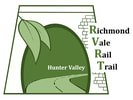
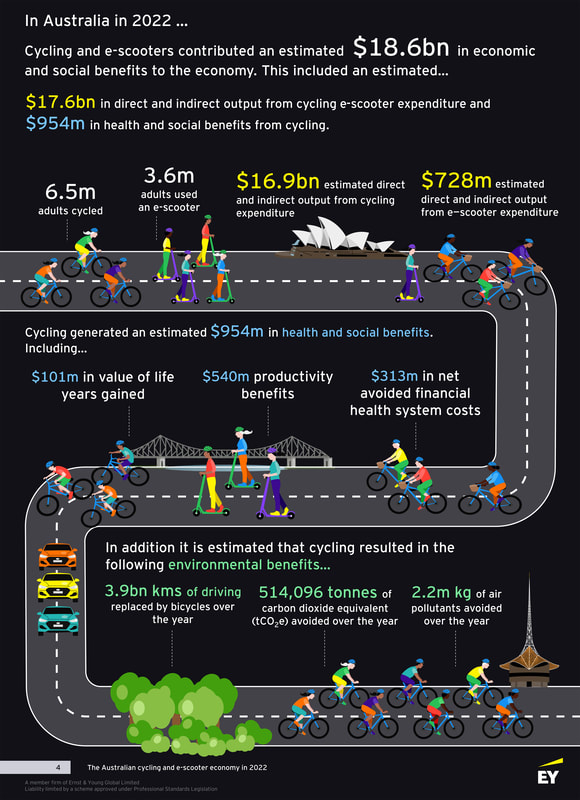
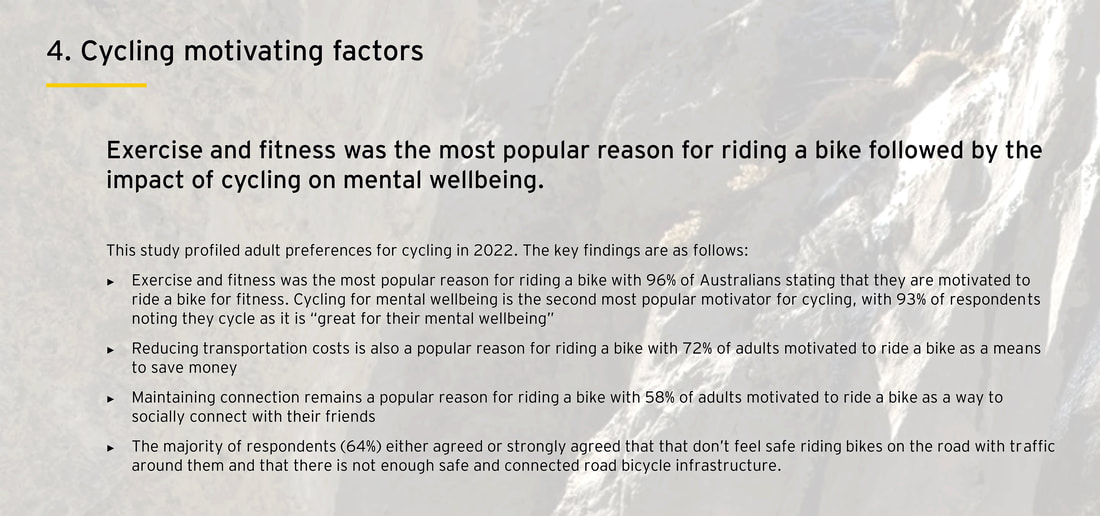
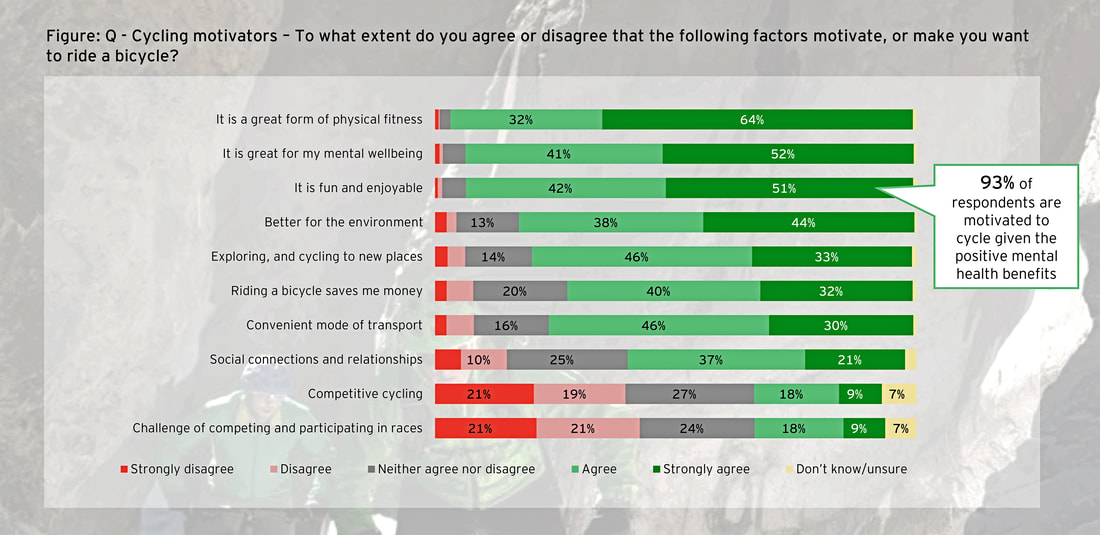

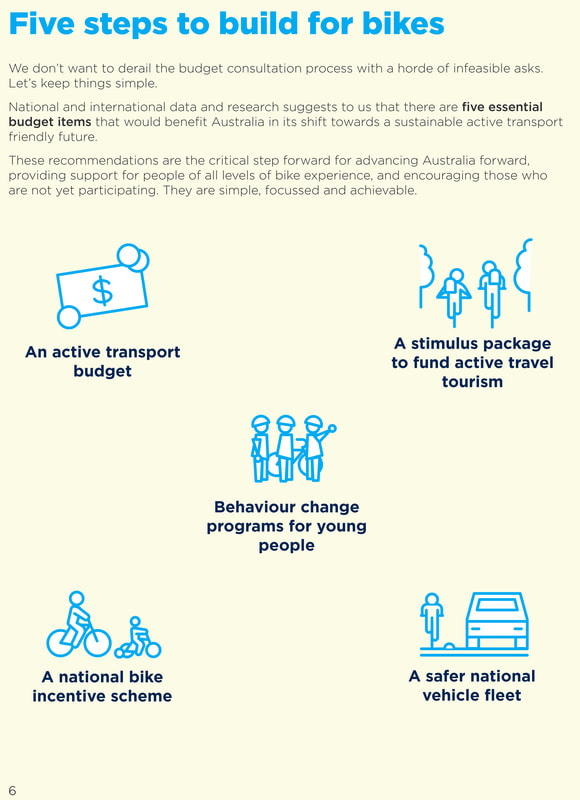
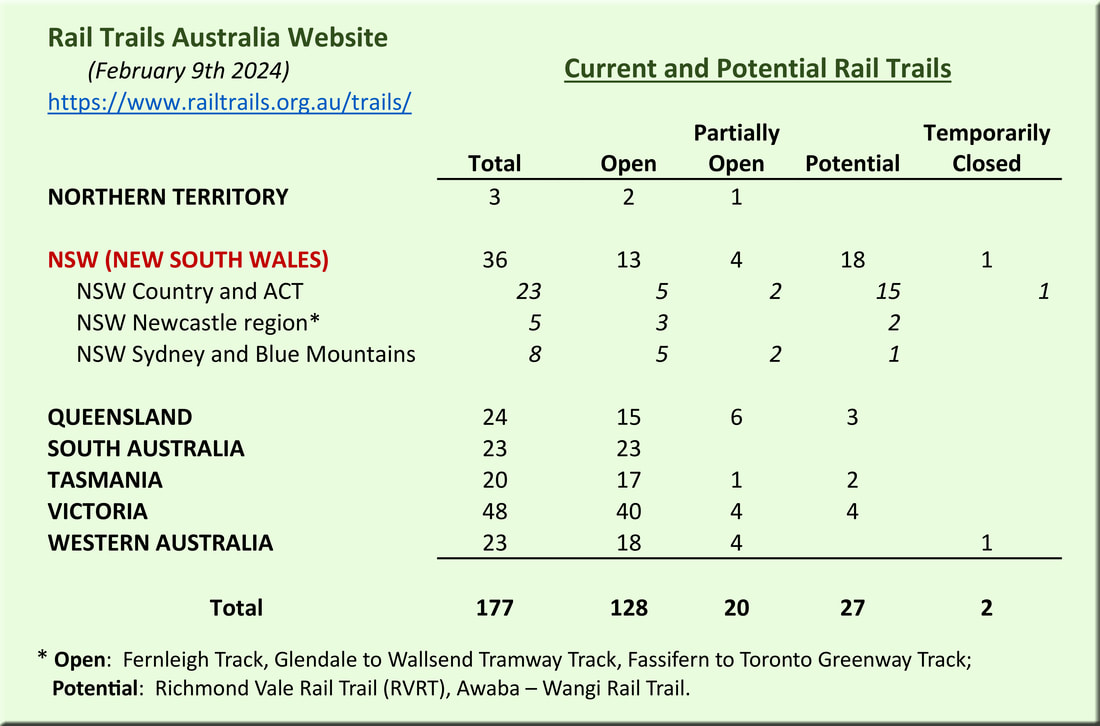
 RSS Feed
RSS Feed
